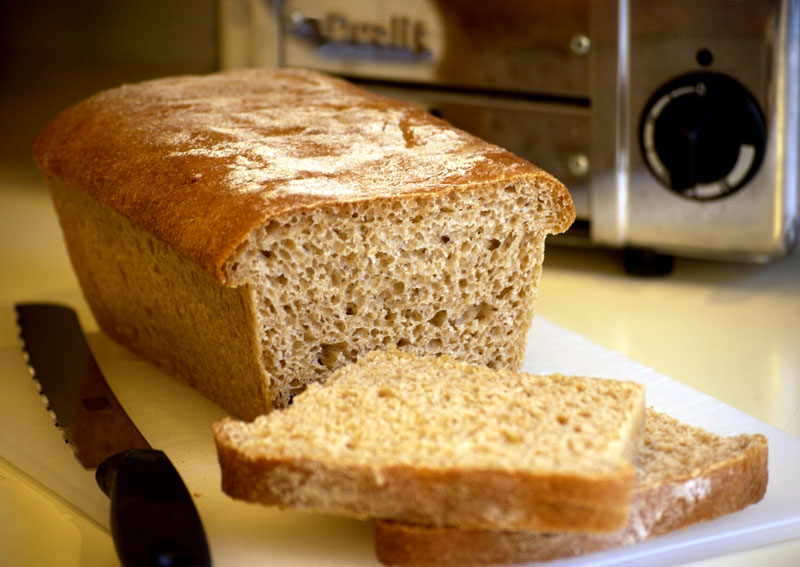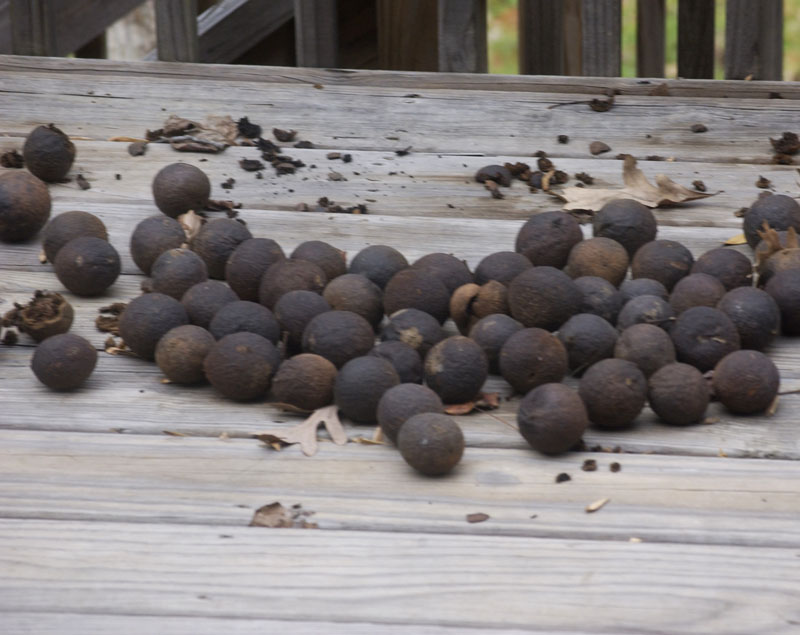I was very sorry to read today in the New York Times that La Professoressa — Dr. Rita Levi-Montalcini — has died at age 103.
I posted about La Professoressa back in 2009. Periodically I have checked to see if she was still living. I believe she was going strong until the very end. In several interviews after she turned 100, she said that her mind was sharper than it was when she was in her 20s. She went to work in her laboratory every day. In some interviews, she credited the sharpness of her mind to the substance she shared a Nobel Prize for discovering — nerve growth factor. In Italy, I believe this substance is available in eyedrop form and is sold as a treatment for certain eye ailments. I believe it has not been approved for sale in the United States. A little research reveals that there are supplements available that may naturally stimulate the production of nerve growth factor in the body. One is an Asian mushroom called monkey’s head mushroom. The other is a derivative of an Asian moss called huperzine A. Here is the Wikipidia article on huperzine A.
By all accounts, huperzine A is safe. Whether it’s effective or just another way to spend money on useless supplements is not really known. However, I could not resist trying the stuff, and I ordered some of it a couple of weeks ago. I’ll post something about my experience with huperzine A after I’ve used it a bit longer. It’s interesting that many of the Amazon reviews say that it stimulates dreaming. As far as I’m concerned, the jury is still out on that, but it seems possible.
Meanwhile, farewell Professoressa. You were an inspiration.















